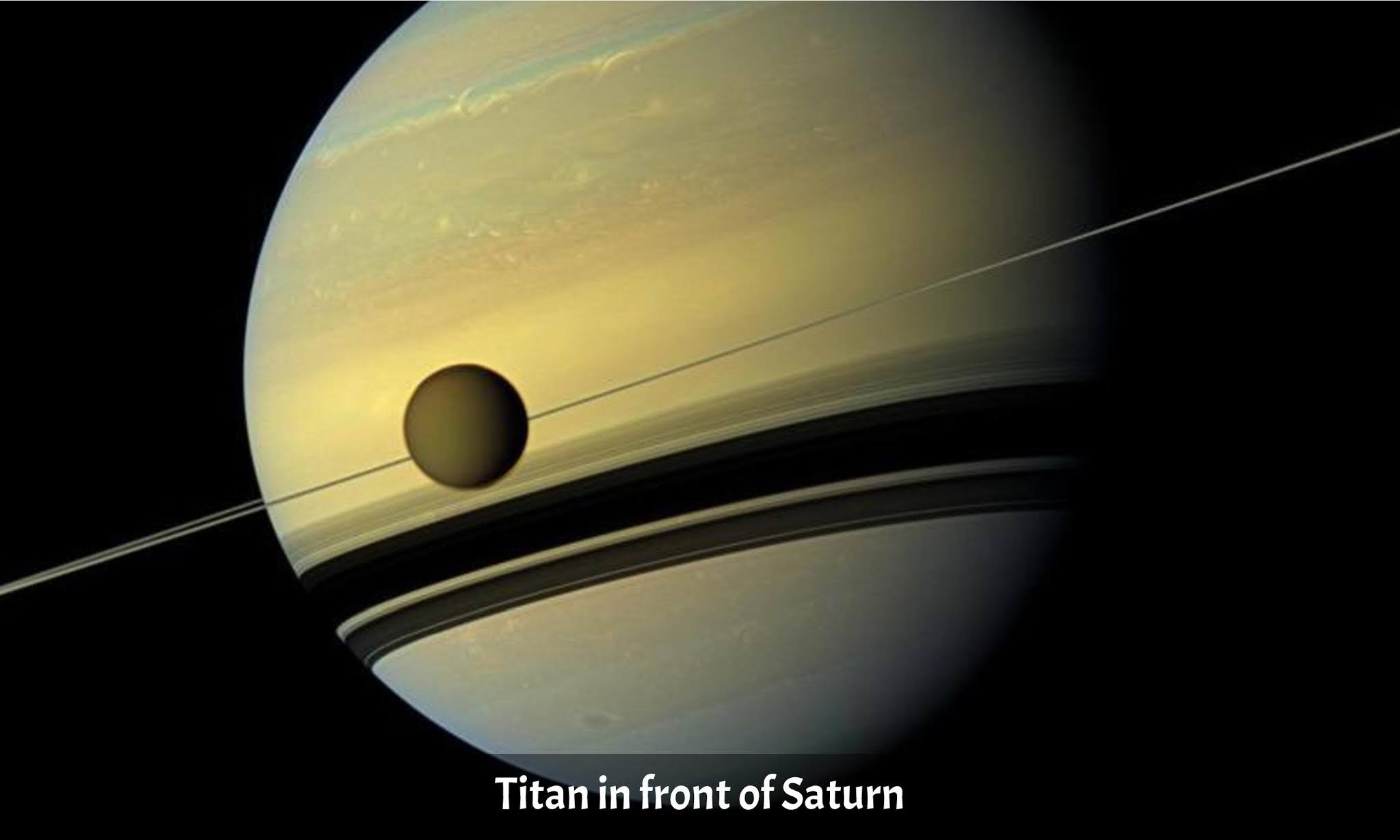This volcanic world is a result of a constant tug-of-war between Jupiter’s powerful gravity and orbital resonance of Galilean moons and is responsible for the gas giant’s massive magnetic field.
A bit of History
The first observation of Io was made by Galileo Galilei on 7th January 1610 but he was not able to distinguish Io from Europa until the next night. The low powered telescope used by him could only register the light coming from Io and Europa as a single source.
Place around Jupiter
Io is the 3rd largest of the four Galilean moons in the Jovian system. It completes one orbit around Jupiter in 42.5 hours, fast enough to be observed in a single night. The moon is in 2:1 and 4:1 orbital resonance with Europa and Ganymede respectively, meaning it revolves twice per orbit of Europa and four times per orbit of Ganymede. Io is tidally locked with Jupiter and hence only one side of IO is facing Jupiter.
The Orbit of Io is not completely circular due to its orbital resonance, and hence Io experiences tremendous tidal forces from its host gas giant. This bulges Io's solid surface up to 100 meters(significantly huge, compared to tidal forces on liquid water here on earth: 18 meters).
Jupiter’s magnetosphere and Io
The gas giant has an extremely powerful magnetic field around it and Io’s orbit crosses these fields in some of the strongest sections. Io acts as an electric generator releasing ions that enlarge Jupiter's magnetic field to more than twice its original size.
The volcanic eruptions on Io create a thin atmosphere and a ‘neutral cloud’ made of sulfur, oxygen, sodium, and potassium atoms. This material floats in orbit around Jupiter and interacts with ions in the Torus shaped region of ionized particles. The particles in this plasma torus travel at speeds way faster than Io’s orbital velocity. The interaction between neutral cloud and plasma torus excites the particles to higher energy states and eventually feeding them into Jupiter’s magnetosphere.
Surface of Io
Io has a geologically young surface constantly renewed by active volcanism depositing materials like sulfur, sulfur dioxide, and silicates. Which is a major reason why Io lacks impact craters as seen on many of the moons and planets in the solar system. The volcanic activity has resulted in numerous lava lakes and mountains on the surface.
Sulfur and Sulfur dioxide are abundant on the surface of Io. The majority of the equatorial region of the moon is filled with these chemical compounds making it look yellowish with large patches of white and grey. Intense radiation causes stable sulfur molecules to break at polar regions, giving it reddish-brown colour.
Key Facts
Io is the most volcanically active object in the solar system.
Some of the Volcanoes on Io are so powerful that they can be seen from powerful telescopes from Earth.
Io has the least amount of water out of any known body in the solar system.






















